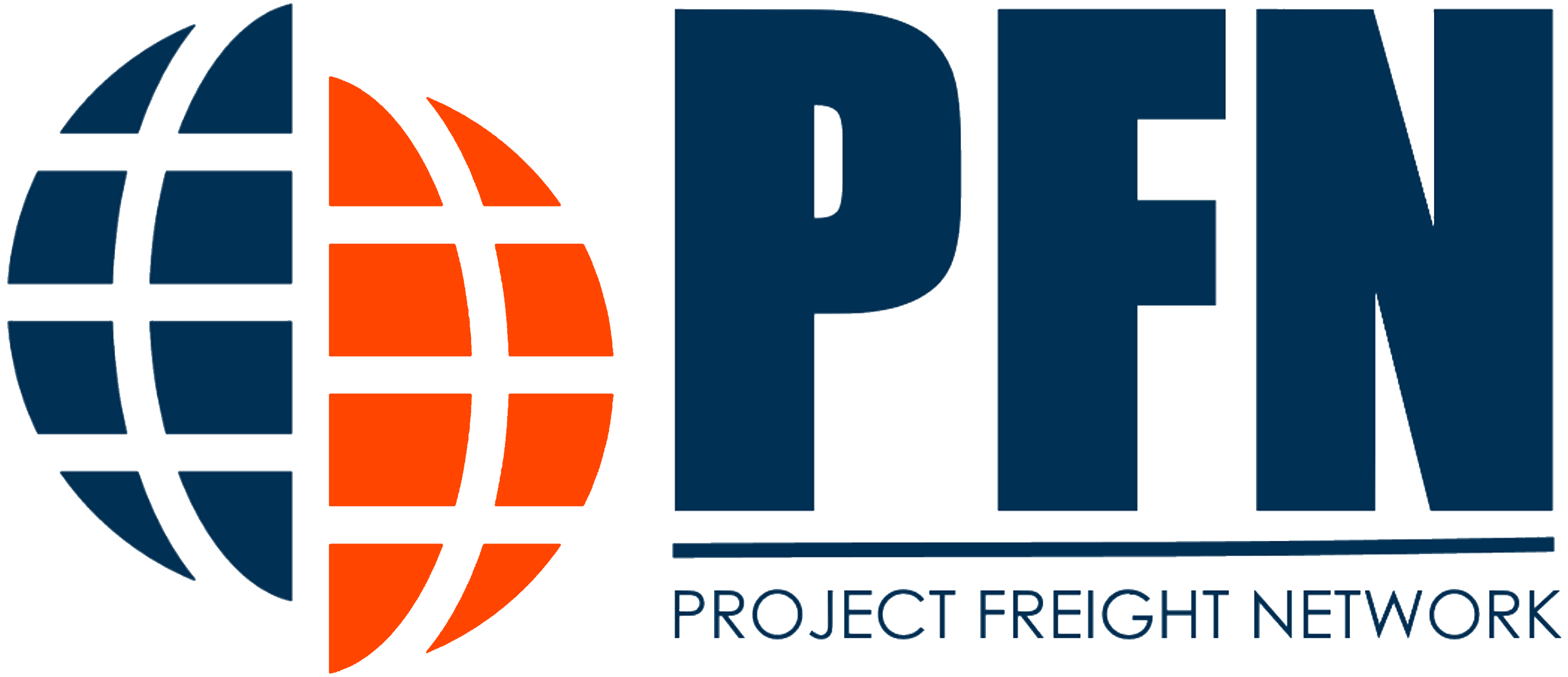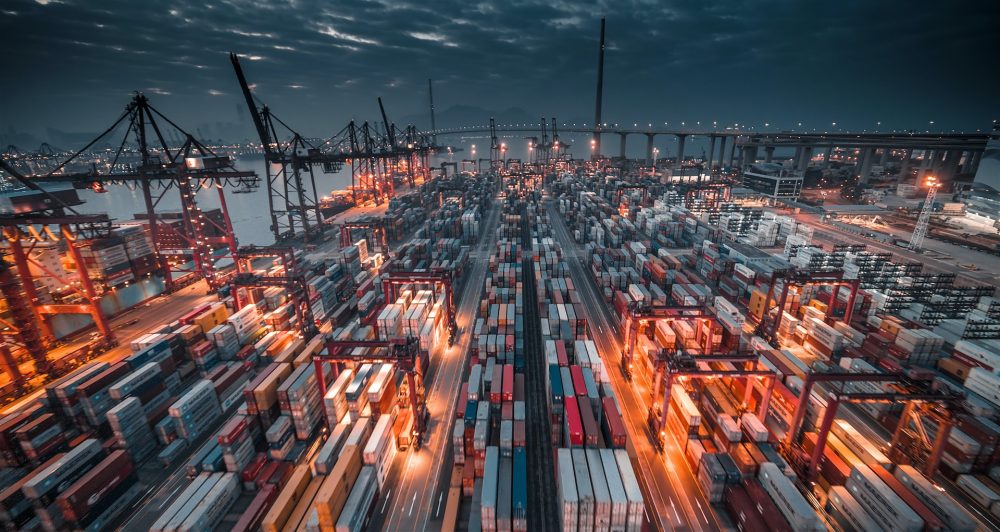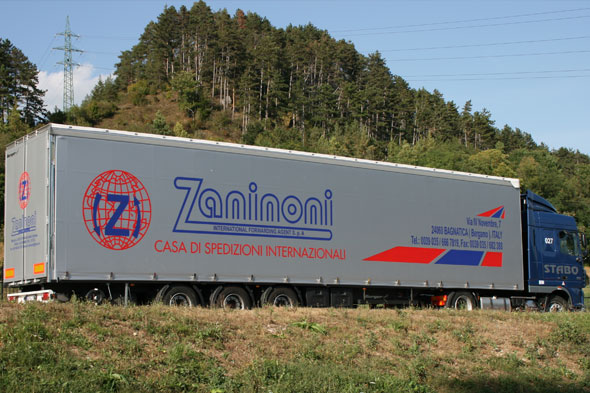In a bid to fortify its role in global trade, Singapore proudly unveiled the initial phase of its groundbreaking Tuas Port last September, following a decade of meticulous planning. Boasting an investment of around US$14 billion and operated by PSA Singapore, this colossal port on the western seaboard signifies Singapore’s commitment to consolidating its container operations. The ambitious goal is for Tuas to evolve into Asia’s premier transhipment hub, standing as a testament to Singapore’s dedication to technological advancement and sustainability.
Global Transhipment Trends
The Port of Singapore, currently the world’s second-busiest port, plays a pivotal role in global transhipment, with approximately 80% of containers rerouted to other ports. With disruptions in the supply chain due to Chinese zero-COVID policies, Singapore seizes an opportune moment to assert its influence in global commerce. This strategic move aligns with a broader global trend, as maritime hubs worldwide increasingly focus on consolidating their transhipment operations.
Asian Hubs Making Waves
Beyond Singapore, Busan in South Korea emerges as another central maritime hub. Its feeder vessel network connects the peninsula to Russia, China, and Japanese ports, incentivizing larger cargo volumes. Meanwhile, the historic Port of Hong Kong faces stiff competition from the rising container transfer titan, the Port of Shanghai, which mirrors China’s economic surge.
The Transhipment Crucible
In the realm of shipping, transhipment is the pivotal process of transferring cargo between vessels during its journey from origin to destination. Whether prompted by capacity constraints, route changes, or logistical necessities, this practice is integral to overcoming geographic constraints. Many ports worldwide can’t accommodate large vessels, making transhipment a cost-effective method. It optimizes the use of larger vessels for major port-to-port transportation and smaller vessels for navigating shallower waters to reach the final destination.
Navigating Challenges in Transhipment
Tracking transhipments is crucial in ensuring cargo reaches its destination on time amidst a web of global ports. Delays due to unforeseen circumstances or human error can incur additional costs and impact customer satisfaction. To tackle this, companies are turning to advanced tools like Visibility for Containers by MarineTraffic. Alex Charvalias, Head of Product at MarineTraffic, highlights its efficiency, stating, “With the MarineTraffic tool, you don’t have to log into multiple platforms to keep track of your container shipments.”
Challenges in the Transhipment Landscape
While transhipment is a common and evolving practice, challenges persist. Time efficiency remains a concern, as moving containers between ships at ports can extend the shipping journey. Security risks arise due to multiple loading and unloading instances, exposing cargo to damage or theft. Additional costs, including handling and unloading fees, can impact overall cost-effectiveness, especially for smaller or low-value goods.
Infrastructure and Environmental Considerations
Adequate infrastructure is essential at intermediate ports for effective transhipment. Facilities may need upgrades to accommodate larger vessels, ensuring seamless cargo transfers. Amid the global push for decarbonization, environmental concerns loom large. The use of multiple vessels can escalate the overall carbon footprint, prompting shipping companies to explore eco-friendly alternatives.
Embracing Transparency and Efficiency
As companies grapple with these challenges, transparency and effectiveness in transhipments become paramount. The emergence of new ports like Singapore’s Tuas, coupled with tools like MarineTraffic, signals a transformative era in overcoming the hurdles of transhipment. Companies are actively seeking innovative solutions to enhance the reliability and sustainability of this vital process, setting the stage for a revolution in global trade.
Source: Jason Dunn





